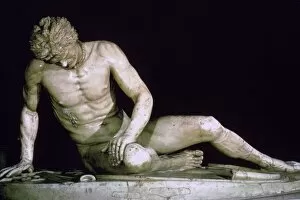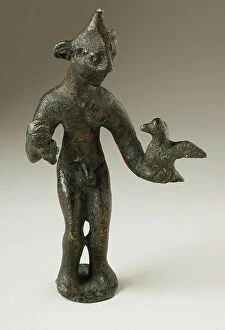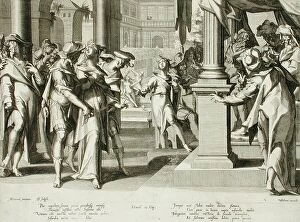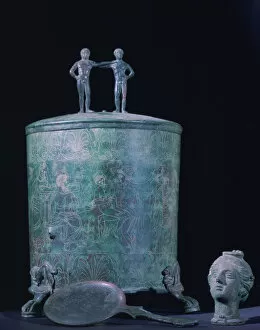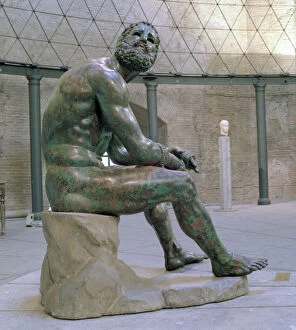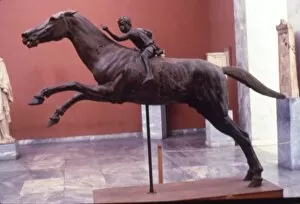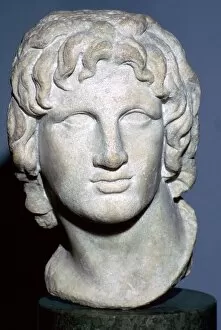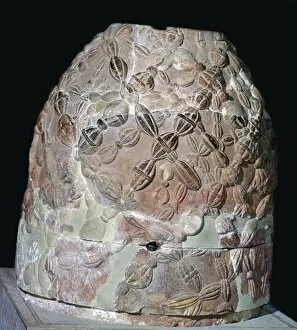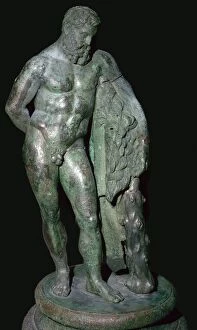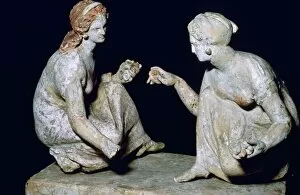Hellenistic Greek Collection
Step into the world of Hellenistic Greek art and be transported to a time of beauty, creativity, and cultural significance
For sale as Licensed Images
Choose your image, Select your licence and Download the media
Step into the world of Hellenistic Greek art and be transported to a time of beauty, creativity, and cultural significance. The Sacred Grove, Beloved of the Arts and the Muses, created in 1884/89, is a stunning example of this period's artistic prowess. Its intricate details and delicate craftsmanship showcase the mastery that defined Hellenistic Greek art. Travel back even further to Dodona in 1615 with Leonard Gaultier's artwork capturing its essence. This piece allows us to glimpse into the religious practices and beliefs that were integral to Hellenistic Greek society. The Woman's bronze perfume oil cista from the 3rd century BC showcases not only their love for beauty but also their attention to detail in everyday objects. It serves as a reminder that art was not limited to grand sculptures but could be found in even the smallest items. Speaking of sculptures, Lysippos' Boxer of Thermonr is an extraordinary example from around the 1st century AD. Its lifelike representation captures both physical strength and emotional depth—a testament to Hellenistic Greek sculptors' ability to bring stone or bronze alive. A Bronze Greek Portrait head from late Hellenistic Period gives us insight into how individuals were immortalized through sculpture during this era. The meticulous rendering brings forth a sense of realism rarely seen before. Moving away from human figures, we encounter another masterpiece: The Bronze Horse and Jockey from Artemision. This life-size sculpture demonstrates not only technical skill but also an appreciation for equestrian sports—an important aspect of ancient Greece's culture. In Priene, Turkey stands Prohedriai in the Greek Theatre—a structure that has stood for centuries as a testament to theater arts during this period. It reminds us how performance played an essential role in society—entertaining audiences while exploring complex themes. Delve deeper into personal adornment with gold Nike earrings dating back to the 4th century BC.

